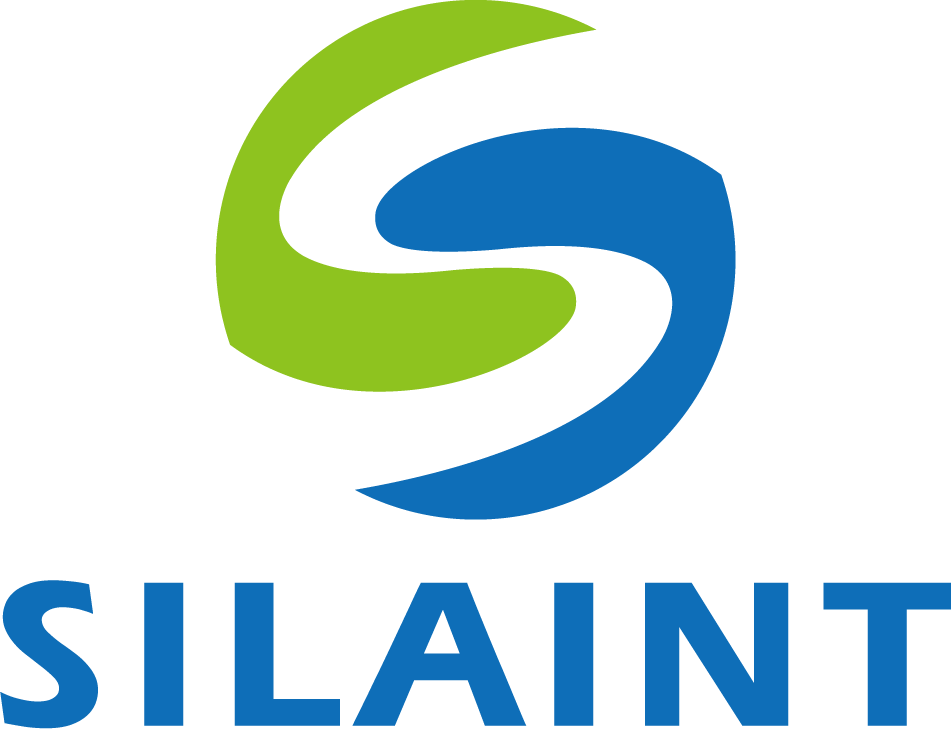In today’s world of advanced electronics, protecting printed circuit boards (PCBs) from harsh environments is more critical than ever. This is where conformal coating, also known as “three-proofing paint” (waterproof, dustproof, and anti-corrosion), plays a key role.
What Is Conformal Coating?
Conformal coating is a thin, protective polymer film applied to the surface of PCBs and electronic components. Its purpose is to protect delicate circuits from moisture, dust, chemicals, corrosion, and temperature fluctuations, which can otherwise lead to performance degradation or complete failure.
These coatings are “conformal” because they conform to the contours of the board and components, forming a seamless, invisible shield.
Why Is It Called “Three-Proofing Paint”?
The term “三防漆” (sān fáng qī) in Chinese translates to “three-proofing paint”, referring to its resistance to water, dust, and corrosion—the three most common threats to electronics. In broader applications, conformal coating may also provide resistance to vibration, mold, salt spray, and temperature extremes.
Common Types of Conformal Coatings
There are several types of materials used, each with different properties:
-
Acrylic (AR): Easy to apply and remove, good moisture protection.
-
Silicone (SR): Excellent for high-temperature environments.
-
Urethane (UR): Strong chemical and abrasion resistance.
-
Epoxy (ER): Extremely durable but harder to remove.
-
Parylene (XY): Applied via vapor deposition, offering ultra-thin and pinhole-free protection.
Applications Across Industries
Conformal coatings are widely used in:
-
Consumer electronics (phones, laptops)
-
Automotive electronics (ECUs, sensors)
-
Aerospace and defense (navigation systems)
-
Medical devices
-
Industrial control systems
Any environment where moisture, salt, chemicals, or thermal cycling is a concern can benefit from conformal coating.
How Is It Applied?
Application methods include:
-
Brushing or spraying (for small-scale or repair work)
-
Dipping (efficient for bulk processing)
-
Selective coating systems (for precision application in automated lines)
Once applied, coatings are cured by air-drying, heat, or UV light depending on the material used.
